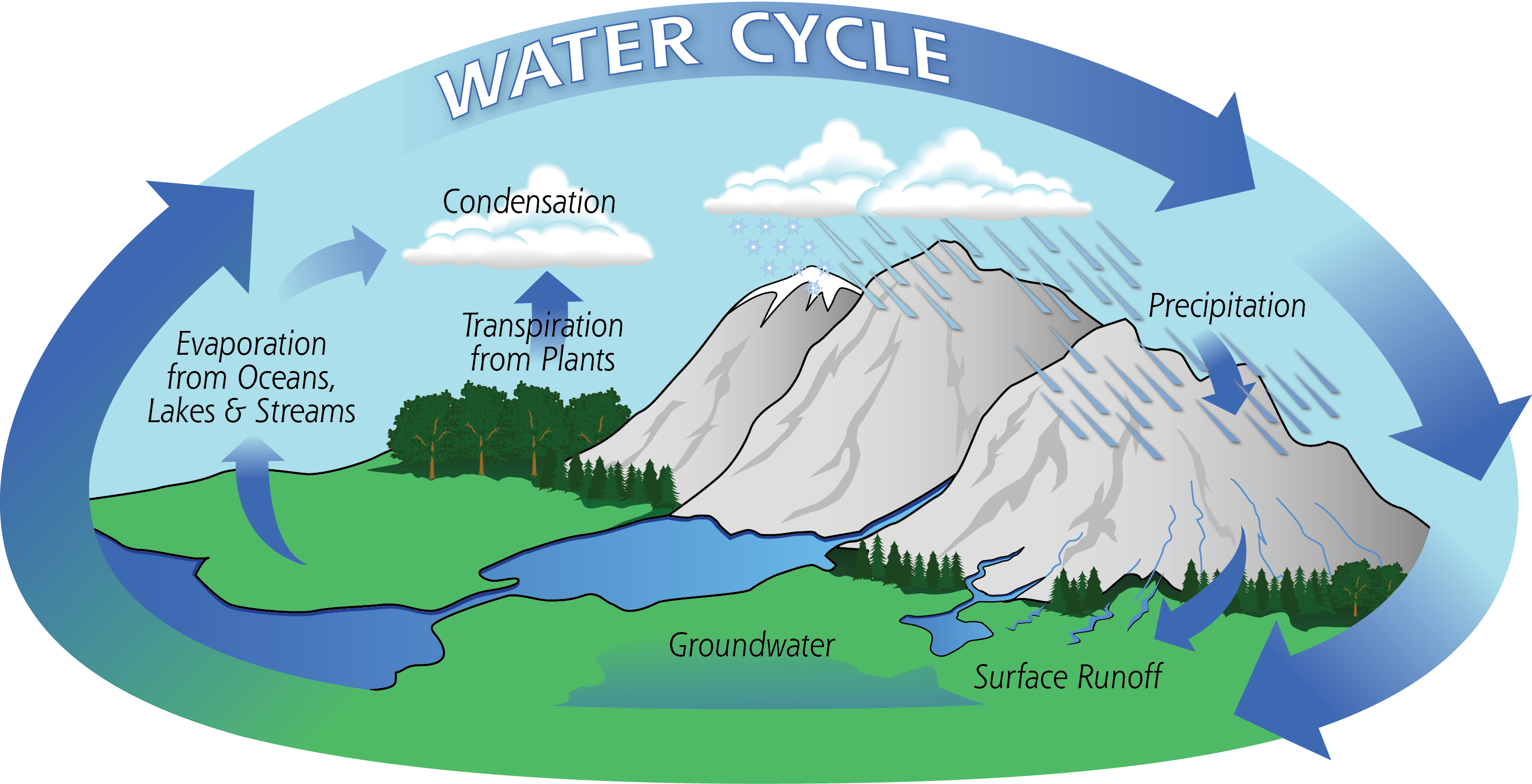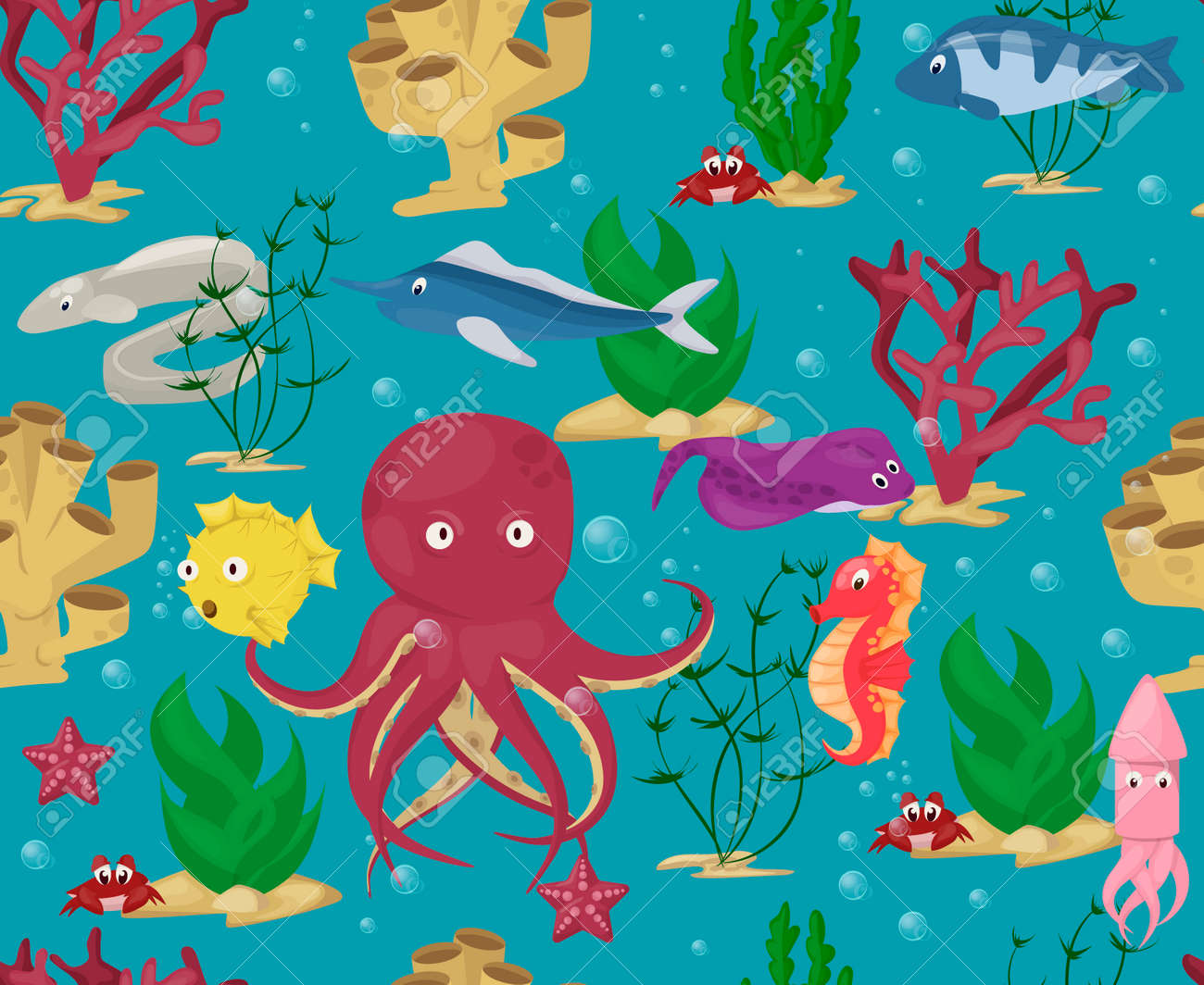Aim; To look at the different ways we can prevent climate change in the future.
What places will be effected?
pacific island and places around new zealand
What else do we need to think about?
places near river
What other places around NZ will be affected?
the coast/place close to the ocean population
What does this do to our drinking water?
it will make i salty and bad for are healf
What are the main concerns?
no fresh walter
What can we do?
What is the one, silver bullet solution?
What is the mix of things we need to start doing?
What are 3 others you can think of?
Activities:
Carbon Footprint:
Carbon Footprint explained
Dwelling
Water
Recreation
Heating and cooling
Electricity
Transportation
Food
Waste
Air Travel
Consumption
Carbon Footprint explained
Dwelling
Water
Recreation
Heating and cooling
Electricity
Transportation
Food
Waste
Air Travel
Consumption
Colour 1: for actions they are already doing
Colour 2: for actions that they pledge to undertake in the future
Ecological Handprint The Ecological handprint builds on the concepts from the Carbon Footprint. We will look at the positive actions of:
- Transportation
- Community
- Consumption
- Water
- Food
- Home
- Waste
1 Colour: For each action you are already doing
2 Colour: For each action you would like to do in the future




